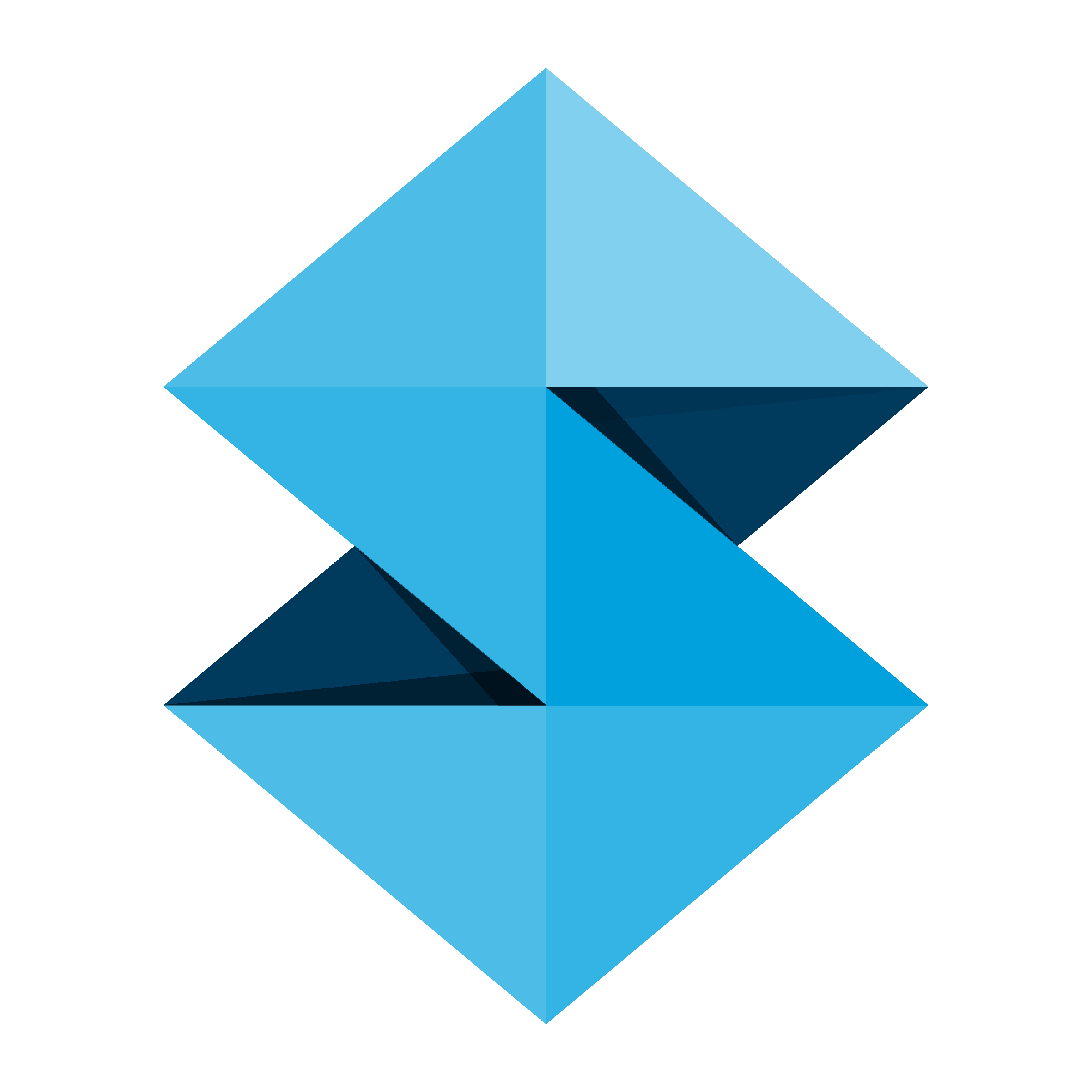
Recently I observed an online survey from Stratasys whose questions may suggest something about their ideas for future 3D printers.
Of course, a survey isn’t directly indicative of what real products may eventually emerge. Like patents, it’s at best second, third or fourth hand data.
Surveys are completed by current or prospective clients in order to gain some insight into their thinking when presented with options. The recent Stratasys survey wisely presented a number of scenarios, but, as they very clearly state in the survey:
Please note: these are random configurations and prices, which do NOT reflect real products
And yes, they capitalized “NOT”, not me!
So they generated random combinations of product configurations to see which ones were of most interest to clients. In this way they can attempt to judge what features to emphasize in product development.

The configurations I was shown likely don’t match what others were seeing, but what might be interesting is the factors being randomized. They were:
- Throughput: either “regular” PolyJet speed, or “2 times faster than PolyJet”
- Number of Materials In Same Printed Model: “3 (limited colors)” or “5 (full color)”
- Max Part Size, three configurations were shown: 250 x 250 x 200mm, 350 x 350 x 200mm, 500 x 400 x 200mm
- Pricing in thousands of USD$: 99, 125, 165 and 200
- Materials Offering: Only one option was presented to me in multiple iterations: “All PolyJet materials, inc. color, transparent, rubber and ABS-like”
Based on the above, it seems that the company is attempting to determine a viable configuration at a given price point. By gathering the multitude of responses, they can chart out the “sweet spot” for a future product.
Note that none of the above is a radically new technology, but appears to be reconfigurations of their recent J750 full-color 3D printing technology.
That equipment is currently priced at a premium for leading users, in the range of USD$500,000 or so. I believe the survey is trying to figure out how best to offer lesser configurations of that technology.
Let’s look at the randomization factors and see what this means:
Throughput: They’re trying to decide whether to include more print heads, which provide the major printing speedup on the J750.
Number of Materials: They’re looking to see how much interest there is in offering the full color J750 technology, or remaining with the 3-color Connex3 approach.
Part size: All configurations offered, aside from the largest one, were smaller than the J750. This strongly suggests Stratasys is considering a machine with J750 technology with smaller build volume – and likely a smaller price, too.
Materials offered: Did not vary in the survey, indicating this is probably a decision already made. You will probably get all the materials on the new configuration.
Pricing: All of the prices offered were smaller than buying a J750, and some were quite a bit smaller. While we can’t know which configuration will be attached to which price, we know there will probably be a lower-priced full-color alternative coming.
Will all this come to pass? Maybe, maybe not. In fact, the options did include a “I would not be interested in any of these printers”, so it’s possible no one would want them, but I doubt it.
A smaller version of the J750 would certainly follow the pattern: produce the expensive version first and recover costs with premium pricing, then issue lesser models at more reasonable prices.

